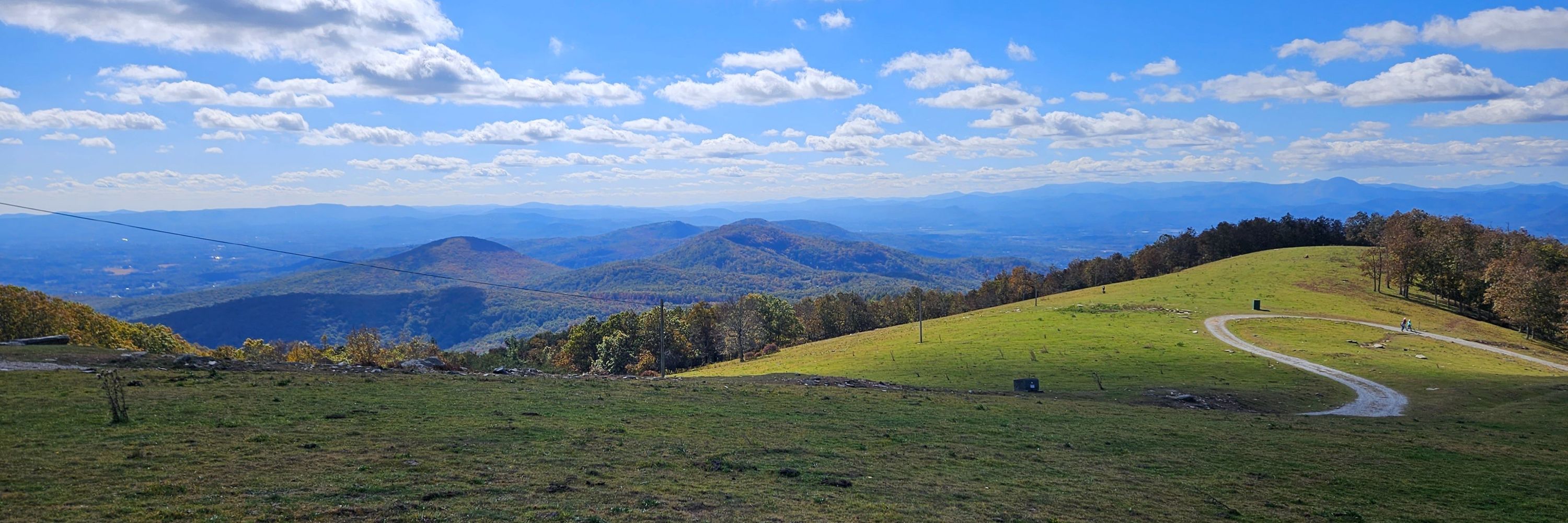NC State Climate Office
@ncsco.bsky.social
510 followers
11 following
56 posts
Public service center at NCSU offering climate services, extension, education, and research benefitting all of North Carolina; more at climate.ncsu.edu
Posts
Media
Videos
Starter Packs




























